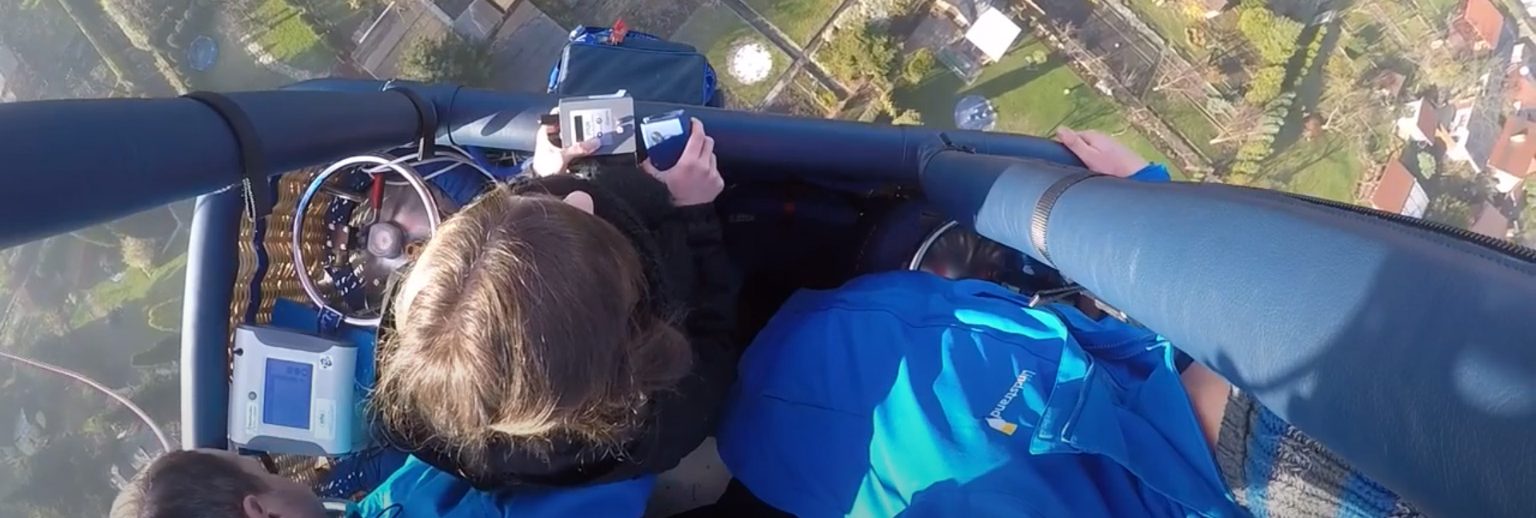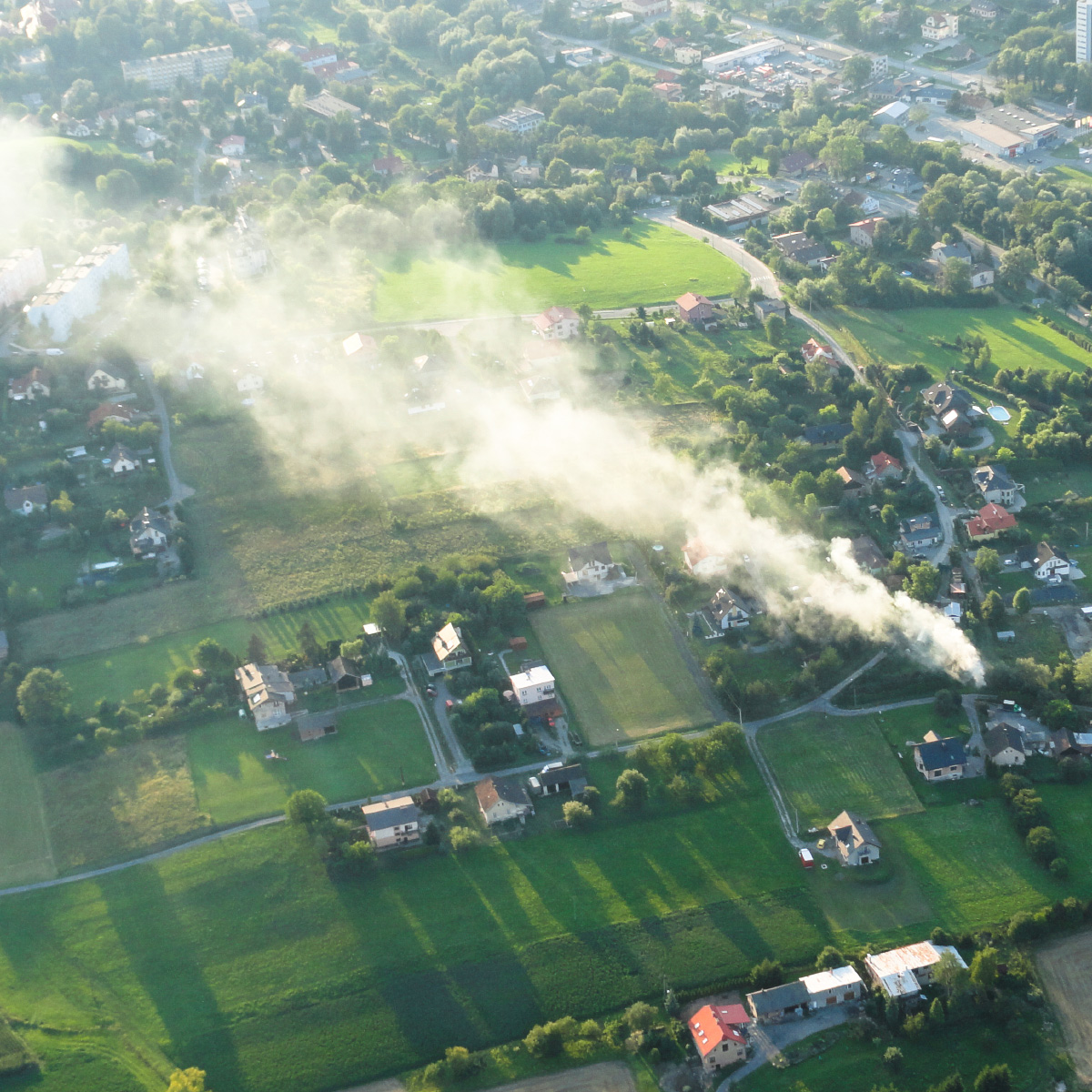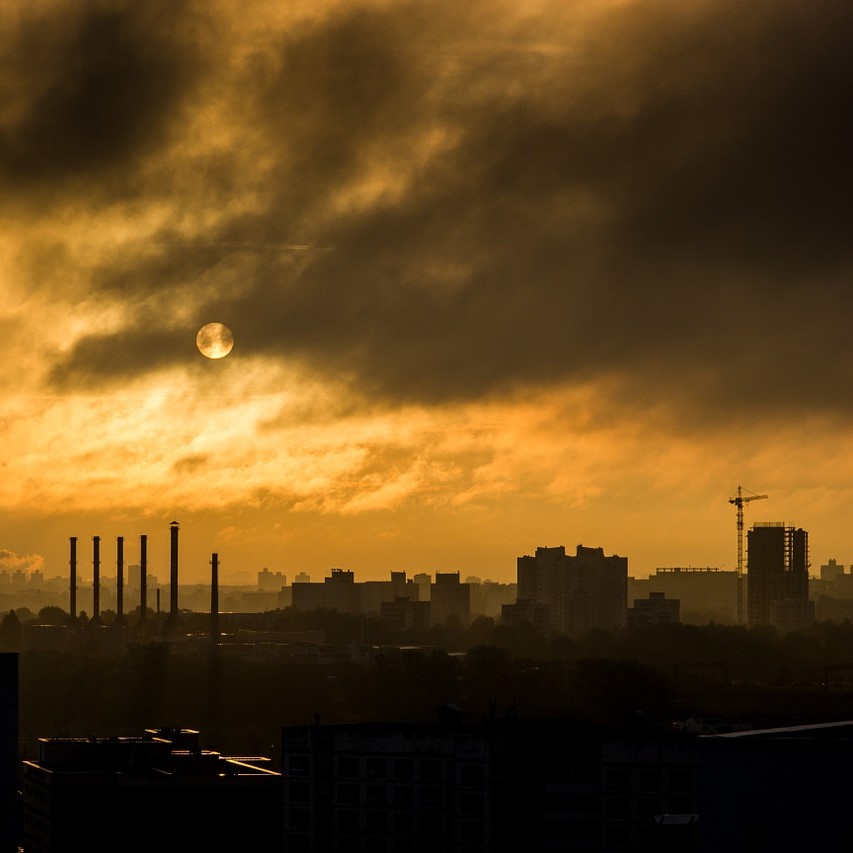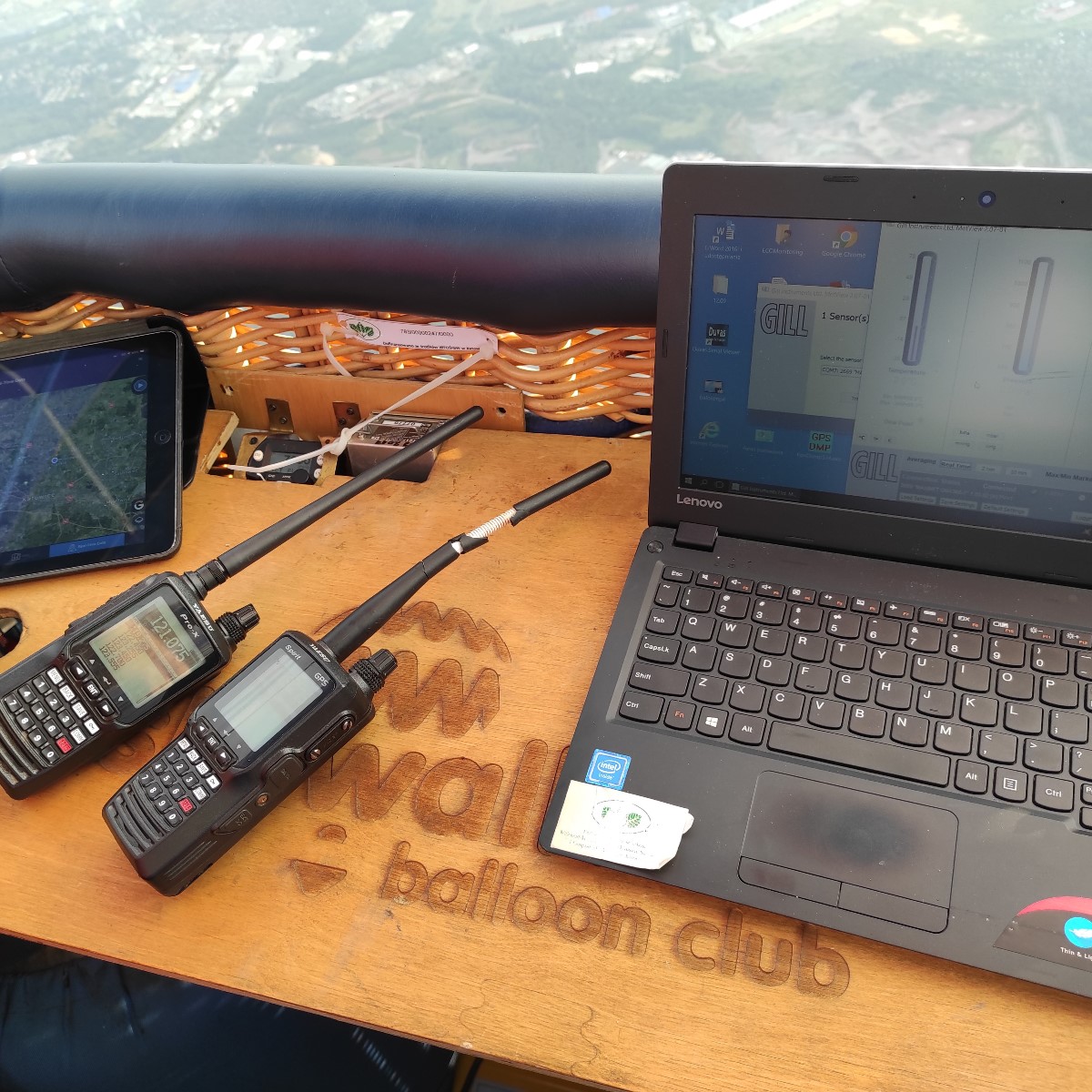Research

Air pollution
Not only does the research balloon allow for carrying out air quality tests, but it also enables detecting sources of contamination and recognising the directions of its movement. Because it has no propulsion, the horizontal movement is consistent with the natural airflow, which creates a unique possibility to collect samples in the atmospheric zones that have not been disturbed by any mechanical appliances.
Scope of research:
- measurement of temperature, humidity and pressure,
- measurement of soot and ozone concentration,
- analysis of PM 10, PM 2,5 concentration, and nanoparticles in the air,
- analysis of flora pollen,
- microbiological studies (bacteria, viruses),
- examination of air content: CO2 (carbon dioxide), SO2 (sulphur dioxide), NO (nitrogen oxide), NO2 (nitrogen dioxide), NH3 (ammonia), volatile organic compounds, formaldehyde.
The research is conducted by: meteorologists, climatologists, mineralogists, biologists, physicists, chemists, hydrologists.
Significance of research for inhabitants
The research balloon is equipped, among other things, with a dust analyser that allows for determining the concentration of respirable dust, which exposes the population to health deterioration, because it penetrates into the respiratory system.
Nano- and microparticles, whose size falls below 0.5 micrometres, i.e. 500 nanometres, behave similarly to gases, i.e. they get directly into the bloodstream and constitute a huge threat because they penetrate into the organism while we are breathing.
Research results
The data obtained during the flight, which lasts 1-3 hours, enables to collect exhaustive information. The analyses are conducted in cycles lasting 4 seconds each, which guarantees very precise detection time.
Because GPS remembers the flight route and height, geographers draw up a precise map of pollution, determine its sources and define the situations which foster the accumulation of pollution. Such knowledge can be useful for urban authorities, self-government units and doctors.








